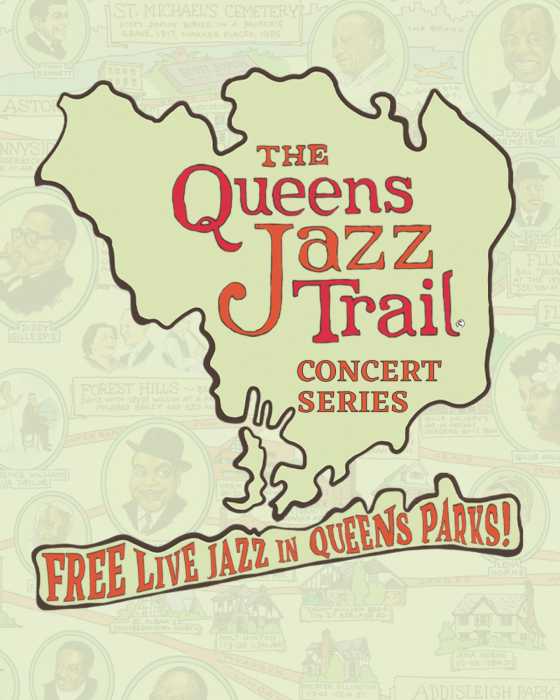Updated August 7, 1:00 p.m.
A new study commissioned by the city sought to find out why New Yorkers reported some of the lowest volunteer rates in the country in 2015 and found that civic engagement among city residents is higher than expected.
The NYCivic Engagement: Neighborhood Volunteer Study & Plan, the results of which were released on Aug. 3 surveyed residents in East Elmhurst, Jackson Heights, Sunnyside and Woodside to gauge their level of civic engagement. The survey was conducted after a similar national survey in 2015 showed that New York City residents had some of the lowest volunteer rates in the country with just 14 percent of city residents saying they volunteered.
Professor John Mollenkopf of the CUNY Graduate Center, the Mayor’s Community Affairs and Public Engagement Units and NYC Service administered a door-to-door survey with questions about volunteering habits from Aug. 2016 through March 2017. The survey included questions from the 2015 Current Population Survey (CPS) in addition to questions about civic engagement.
The Viney Group, a marketing agency, also conducted 14 focus groups to analyze what encourages and discourages people to volunteer. The neighborhoods were selected because of diverse economic, racial and housing characteristics and more than 850 people participated.
Researchers found that the volunteer rate in these areas was more than double the figure reported in the national survey – with 48.4 percent of people reporting that they are civically engaged compared to 14.3 percent in the CPS.
It also found that populations traditionally thought to have lower rates of volunteerism – single, lower income, immigrant, urban-dwelling residents are active in their communities.
Residents reported using religious organizations as a main way to volunteer, in addition to school groups, community service and neighborhood association groups. This was especially true for Hispanic and black residents, who overwhelmingly volunteer for religious organizations.
Survey participants who said they volunteered also reported participating in other civic activities such as voting, attending community meetings and talking to neighbors.
“I want to help people,” “It allows me to make a difference” and “It fulfills my moral principles” were the main reasons participants volunteered.
“I work with the PTA, [my children’s] swim, children liturgy here [at Queens of Angels] and I’m also a Girl Scout Leader…it’s all about empowering girls,” a focus group respondent said. “We do park cleanup and help the women out at the women’s shelter… As a girl, I was seeing that men had advantages. I like to think of myself as a strong woman and so I like to help the girls realize in turn that they can be strong.”
The study found that lack of time, lack of knowledge about volunteer opportunities and language barriers were the biggest reasons for not volunteering.
“We know that strong, diverse, and vibrant communities have solid civic engagement at their core,” said Mayor Bill de Blasio. “This report tells us that New Yorkers are engaging in volunteerism at high levels, but it also tells us that as we work to inspire community engagement throughout the city, we must reach people in their neighborhoods to get more New Yorkers active and connecting to one another.”
In response to the findings, the city will launch the NYC Neighborhood Civic Engagement Pilot this year to help volunteer organizations recruit local residents to help with certain initiatives. Sunnyside, Woodside and Jackson Heights were chosen for the pilot program. The city will help with online communication and help develop multi-language recruitment campaigns to make neighbors aware of volunteer opportunities.
“By volunteering, residents participate in democracy that goes beyond the voting booth; they become part of a community of people that helps shape the future of our neighborhood as a place for all its residents,” said Len Maniace, President of the Jackson Heights Beautification Group. “I think volunteering for a group like ours connects you to many of your neighbors, people who you probably would never have known. As a result, we think we’ve helped to make Jackson Heights the small town in the big city.”
To view the full report, click here.








































